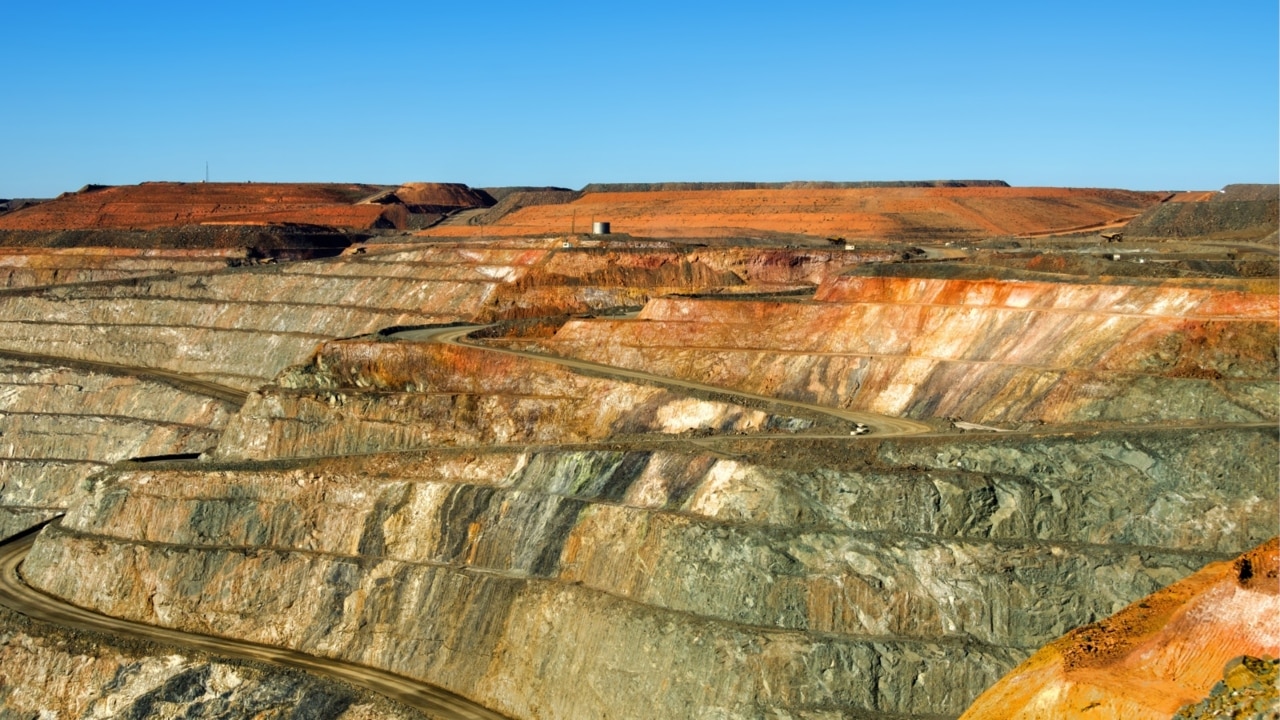Brutal stoush emerges between Victoria and federal minister over gas shortfall warning
A war of words has erupted between two Labor ministers with each other pointing the finger over a major shortfall facing Victoria.

Victorian Energy Minister Lily D’Ambrosio has accused her federal Labor colleague, Resources Minister Madeleine King, of sounding “more like a Coalition minister” after she warned households should expect to pay higher gas bills as a result of supply shortfalls in the state.
The war of words followed the release of the Australian Competition and Consumer Commission’s latest gas report, published on Friday, which found that Australia’s eastern states were expected to narrowly avoid a shortfall in LNG supplies in the wintry months of July, August and September.
Over the quarter, households regularly consume more gas for heating, while electricity generation from the feedstock is also higher due to lower solar-powered energy supplies.
However, the report found that Australia’s southern states, led by Victoria, would be reliant on 25 petajoules of gas to be transported from either Queensland or the Northern Territory to meet forecast demand.

Responding to the findings, Ms King said Victorian gas users would ultimately pay higher prices if they were remained reliant on supply from the northern states.
“Queensland is doing the heavy lifting in terms of gas supply for the whole of the east coast,” Ms King told ABC radio on Friday morning.
“Any gas you transport from long distances, like from far north Queensland in Gladstone, all the way down to Melbourne or the industrial estates of Victoria, it costs more money to get hold of that gas because you’ve got to move it through a pipeline.”
But Ms D’Ambrosio hit back at Ms King’s comments, claiming that Queensland was currently a net-importer of her state’s gas supplies.
“Queensland gas is not doing ‘the heavy lifting’ as it remains a nett (sic) importer of Victorian gas,” she said in a post to X.
Across Australia’s entire east coast market, the competition watchdog’s report estimated a gas surplus of 6 PJ for the forthcoming September quarter, even if all uncontracted LNG is exported. Three months ago, the ACCC had forecast a surplus of 5 PJ.
Supply will be 7 PJ higher than was previously estimated in December, while forecast domestic demand has decreased by 7 PJ, the report found.

However, “material uncertainties which could increase or decrease forecast supply or demand,” the ACCC report cautioned.
“This includes the variability of weather affecting gas-powered generation, uncertainties in supply, and additional or fewer LNG exports,” it said.
“Actual gas supply may fall short of the volumes forecast by producers due to production issues and delays in regulatory approvals required to finalise investment in newly-developed fields.”
LNG export demand is expected to be 13 PJ higher than forecast in December, netting gas producers billions of dollars of extra income for producers.
Treasurer Jim Chalmers said the ACCC’s forecast was indicative of the success of the government’s interventions in gas market.
“The Liberals and Nationals voted against energy relief for families and small businesses and said the sky would fall in as result of our price caps and gas code of conduct,” Dr Chalmers said.
“This data is more proof that they have no idea what they’re talking about.”
But even as shortages are set to be averted in coming winter months, regulators have previously cautioned that households and manufacturers in Australia’s southern states could face gas shortages from 2028, threatening to send energy bills even higher.
Last month, the Australian Energy Market Operator warned that gas production in Victoria was set to plunge by 48 per cent by 2028, meaning that the state, which was traditionally a net LNG exporter, was set to become a net-importer.

Samantha McCulloch, chief executive of Australia Energy Producers — the peak body for the gas industry, said the forecast shortages in the southern states were due to bans and regulatory uncertainty, which had subsequently stifled investment to develop untapped gas resources.
“There is only so much the sector can do by itself,” Ms McCulloch said.
“Australia has abundant gas reserves but needs the political will to restore investment confidence and ensure timely approvals for much-needed new gas supply.”
Late last month, Labor unexpectedly shelved a bill granting Ms King the power to unilaterally make some regulatory and environmental decisions on the development of new offshore gas wells without complying with separate environmental protection laws.
The policy backflip came after the Greens threatened to derail the government’s proposed pollution caps on new vehicle sales. Labor is relying on the minor party, alongside crossbenchers in the Senate, to pass the legislation.



